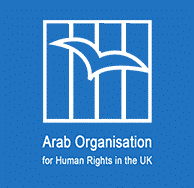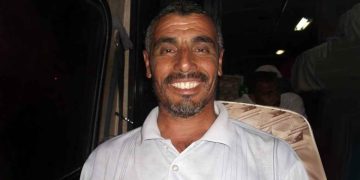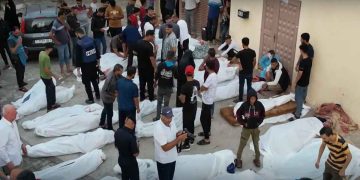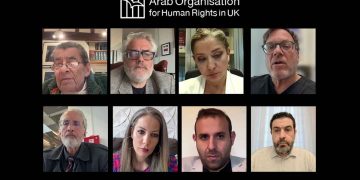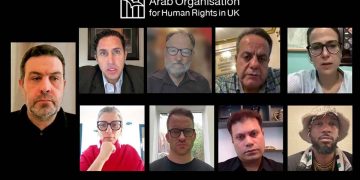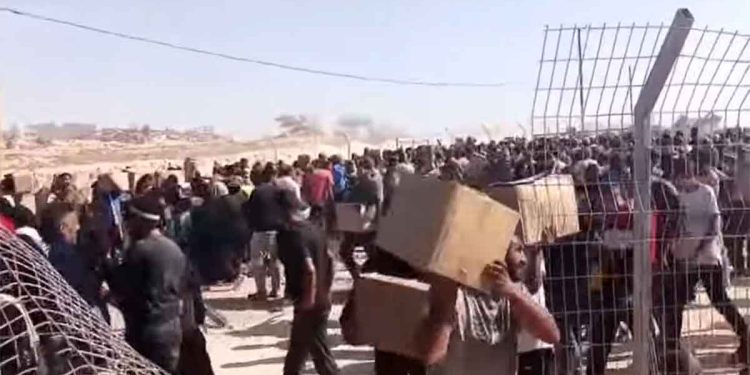As the assault on Gaza stretches into its tenth consecutive month, and with a tightened siege and severe restrictions on aid entry, warnings are mounting that the distribution of food and medicine has shifted from a lifeline to a deadly weapon.
Instead of serving as safe havens for starving civilians, aid distribution centers have become mass-death sites, where casualties fall repeatedly under Israeli fire or amidst chaotic and desperate stampedes. These events raise serious legal and humanitarian questions about the Israeli-American policies behind a distribution system that strips humanitarian aid of its meaning and turns survival into a fatal gamble.
In this context, 169 aid organizations from around the world have called for the immediate suspension of the current distribution mechanism, which is managed by an entity known as the “Gaza Humanitarian Foundation” and operates with direct backing from Israel and the United States.
These organizations demand that the UN be reinstated as the supervisor of aid distribution, stressing that the existing mechanism endangers civilians rather than protecting them.
A joint statement from the organizations recorded more than 500 Palestinians killed and around 4,000 injured in less than a month, victims of attempts to access aid or of being near distribution points. Civilians are forced to walk through active conflict zones only to be left in chaotic, unsecured crowds around trucks guarded by Israeli soldiers.
The statement denounced the so-called “humanitarian foundation” as lacking any credible humanitarian track record, with murky funding sources and security ties that compromise its neutrality and legitimacy. Most UN agencies and international organizations have refused to cooperate with the foundation, fearing that aid is being militarized or used for intelligence purposes.
The organizations emphasized that these actions constitute a blatant violation of international humanitarian law, particularly the obligation to protect civilians, ensure safe access to humanitarian aid, and prohibit the use of starvation as a weapon of war.
These calls came after the Israeli newspaper Haaretz published testimonies from soldiers who claimed they were ordered to open fire on civilians near aid centers, even in the absence of any real threat. A senior officer in Israel’s so-called “Southern Command” admitted to using indiscriminate artillery fire, which led to dozens of deaths and injuries.
These developments coincide with a tightening of Israel’s starvation policy and the complete dismantling of the previous UN-led distribution system, which included UNRWA—the main humanitarian agency in Gaza, employing 13,000 staff. UNRWA Commissioner-General Philippe Lazzarini stated that the “Gaza Humanitarian Foundation offers only hunger and bullets.”
The targeting of aid distribution efforts reflects a broader strategy of total war waged by Israel since October 2023, combining direct killings, mass destruction, starvation, and forced displacement.
Such practices fall under the definition of genocide when accompanied by deliberate intent to destroy a civilian population in whole or in part, whether through direct violence or the systematic denial of life-sustaining necessities.
Field data indicates that over 191,000 Palestinians have been killed or wounded since the beginning of the war, the vast majority of whom are children and women, in addition to thousands missing and hundreds of thousands displaced.
